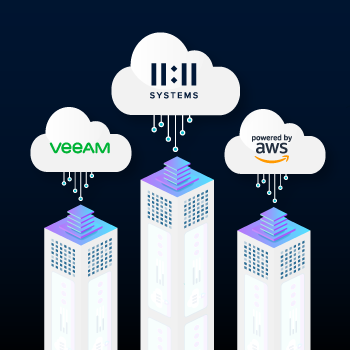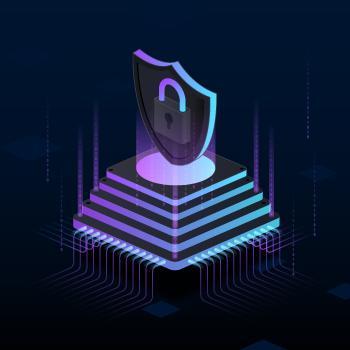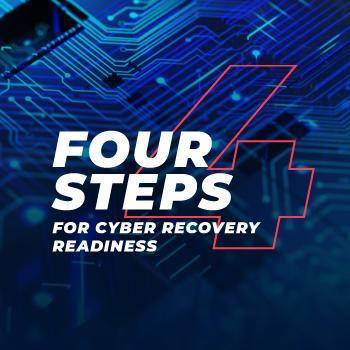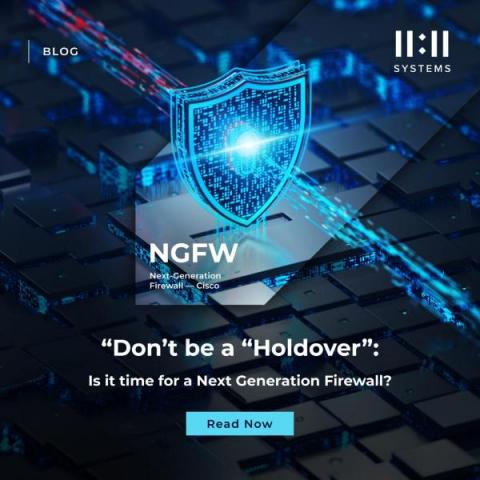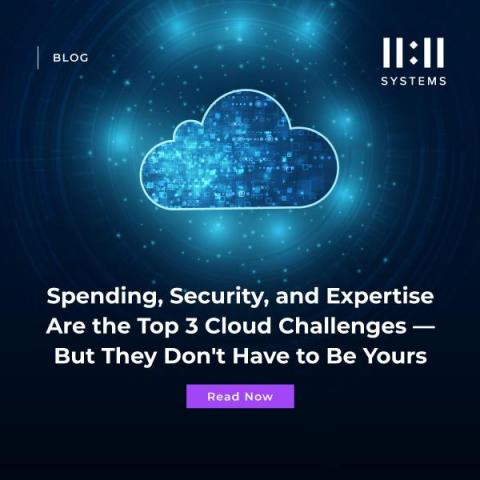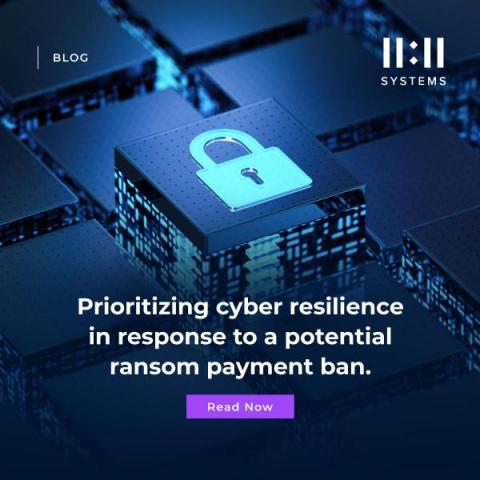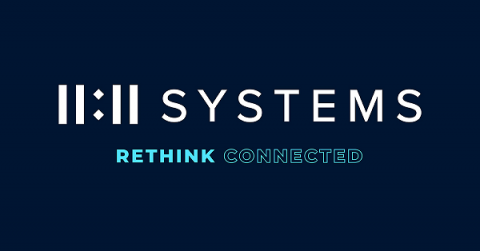Security | Threat Detection | Cyberattacks | DevSecOps | Compliance
Latest Posts
Best in Class
Why AWS indeed. This is not one of those start with why posts, but hopefully a peek into the reasons behind our partnership with AWS and what that means for you and how it could benefit you. The beginnings of something great Public cloud is well established, with about 50% of all workloads now running in a public cloud location. We have heard of ”the big three” cloud providers: AWS, Azure, and Google Cloud.
Why a Layered Security Strategy Matters
In the world of cybersecurity, one thing is certain: no system is immune to vulnerabilities and bugs. Even security software, designed to protect your organization, can have its flaws. But before you start to panic, consider this: the presence of these bugs is not unique to any single security provider. In fact, if you were to investigate the history of major security vendors, you would discover that they too have encountered similar problems.
Are You Cyber Recovery Ready?
True cyber resilience involves much more than having a disaster recovery (DR) solution. That’s because recovery from a typical DR scenario is different than recovery from a cyber event. Why? For starters, disaster recovery scenarios usually involve human nature, mother nature, or technical failure: These are just a few examples.
It's not always malware
"Flying Under the Radar:" How to Protect Your Organization's Reputation
Over 72 percent of Indian citizens think their personal data has been compromised, according to a recent article in Business Today. They blame a variety of organizations and institutions, which is understandable. Now imagine your organization is the one to blame. Could your company survive this type of hit to its reputation? Would it be able to retain customers who no longer trust you to keep their sensitive information secure?
"Don't be a "Holdover": Is it time for a Next Generation Firewall?
There is an entertaining commercial running on television that features the “Holdover” family. This family is happily “set in their ways” and unwilling to change with the times. They still embrace wood paneling, TV antennas, newspapers, magazines, VHS tapes, corded landline rotary phones, and the like while being averse to any changes that might make their life better.
Spending, Security, and Expertise Are the Top 3 Cloud Challenges - But They Don't Have to Be Yours
Cloud computing has become ubiquitous in modern business, enabling organizations to store and access data and applications from anywhere. However, as the use of cloud services continues growing, so do the challenges that come with it. According to the 2023 Flexera State of the Cloud Report, security, spending, and expertise are among the top concerns for organizations leveraging cloud services.
Prioritizing cyber resilience in response to a potential ransom payment ban
Ransomware attacks do not simply start and end with a locked computer screen and a ransom note. They unravel as intricate narratives, leaving a trail of financial wreckage, operational interruptions, and reputational damage in their wake. These attacks bear significant costs. In 2022, the average cost of a ransomware attack was a whopping $4.54 million, per IBM Security and the Ponemon Institute. And that does not include the actual ransom payment itself.
The Definitive Case for a Managed Firewall: Preserving Your Business in the Information Age
With on average, 30,000 websites being hacked daily the need for stout cybersecurity measures has become more critical than ever. In today’s connected business landscape, as data flows effortlessly between networks and the digital realm, the need for a comprehensive cybersecurity strategy is underscored by the fundamental importance of a managed firewall.


